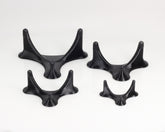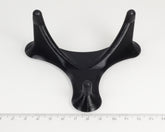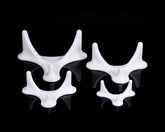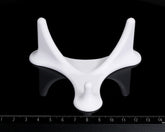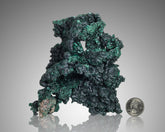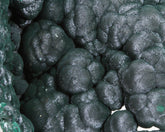WELCOME TO UNDERGROUND TREASURES!
I encourage you to browse our site, look at the pictures and specimens, and simply enjoy! You’ll find specimens in every price range and in various sizes, crystal formations and colors from all over the world – more than enough to satisfy the tastes of any collector, young or old, new or seasoned.
I sincerely hope you enjoy your visit to UnderGround Treasures. We continually add specimens to the site, so please visit us often. And if you have any questions, comments or thoughts to share with us, please get in touch via our Contact page – we’d love to hear from you!
Owner

Excited for Our Upcoming Travel Season!
Looking forward to starting our travel season again soon - we enjoy the live shows where we get the opportunity to meet many of you face to face! Hope to see you on the road soon!
OUR PROMISE
- All client information will remain confidential and will never be shared.
- All specimens will be sold in their natural, unaltered condition unless clearly noted.
- Only the specimen featured in the product pictures will be sent - never, ever a substitute.
- Pictures of specimens will be honest and unaltered.
- Every specimen will come with an accurate label.
Follow Us on Instagram
- Choosing a selection results in a full page refresh.




